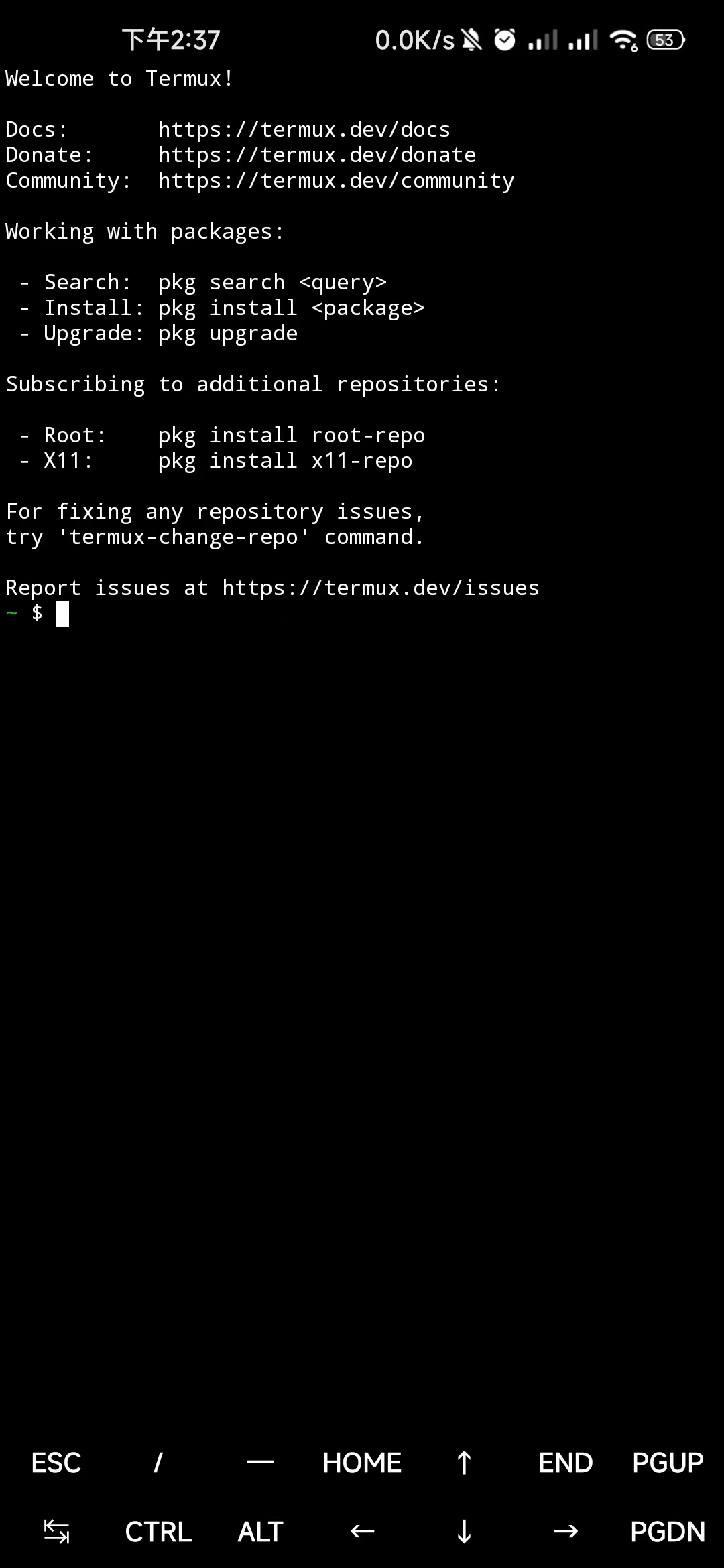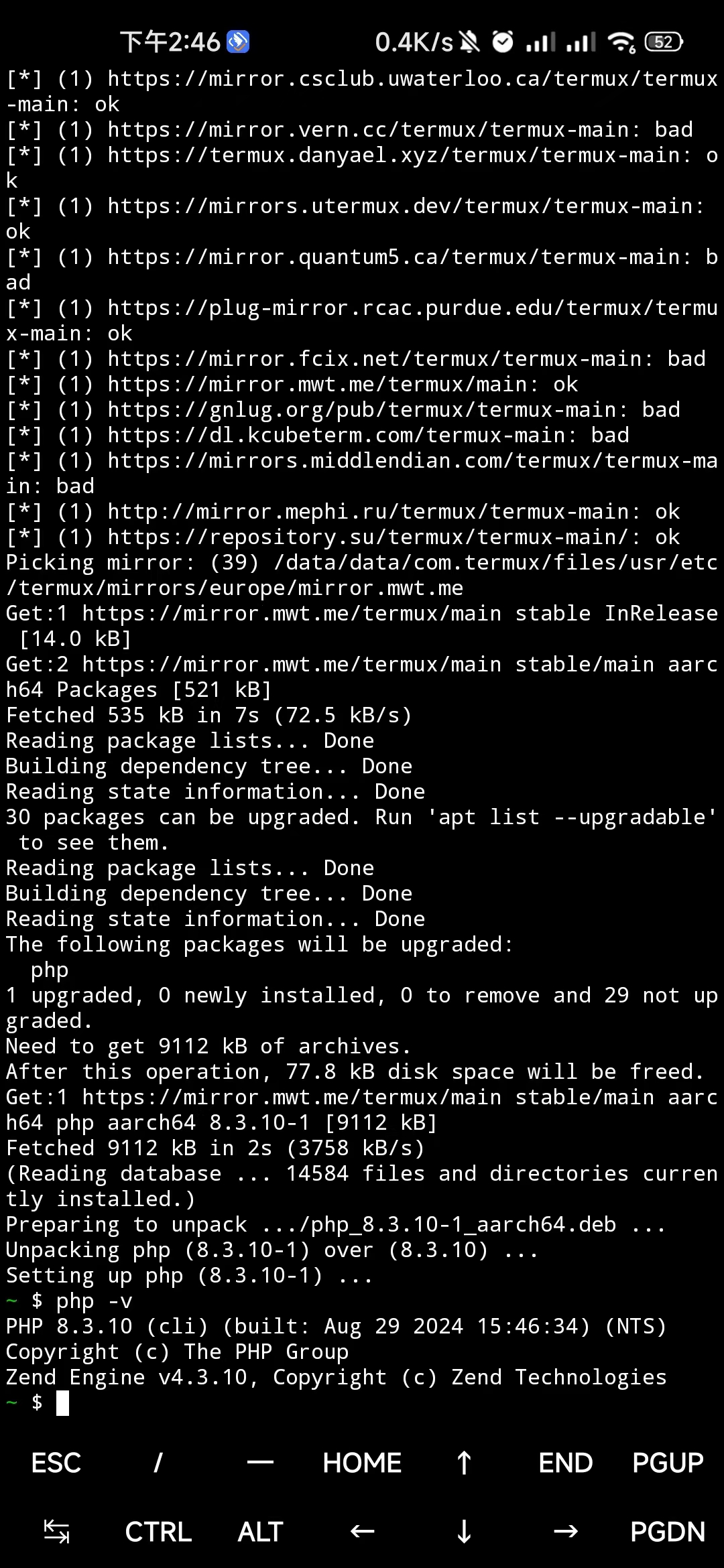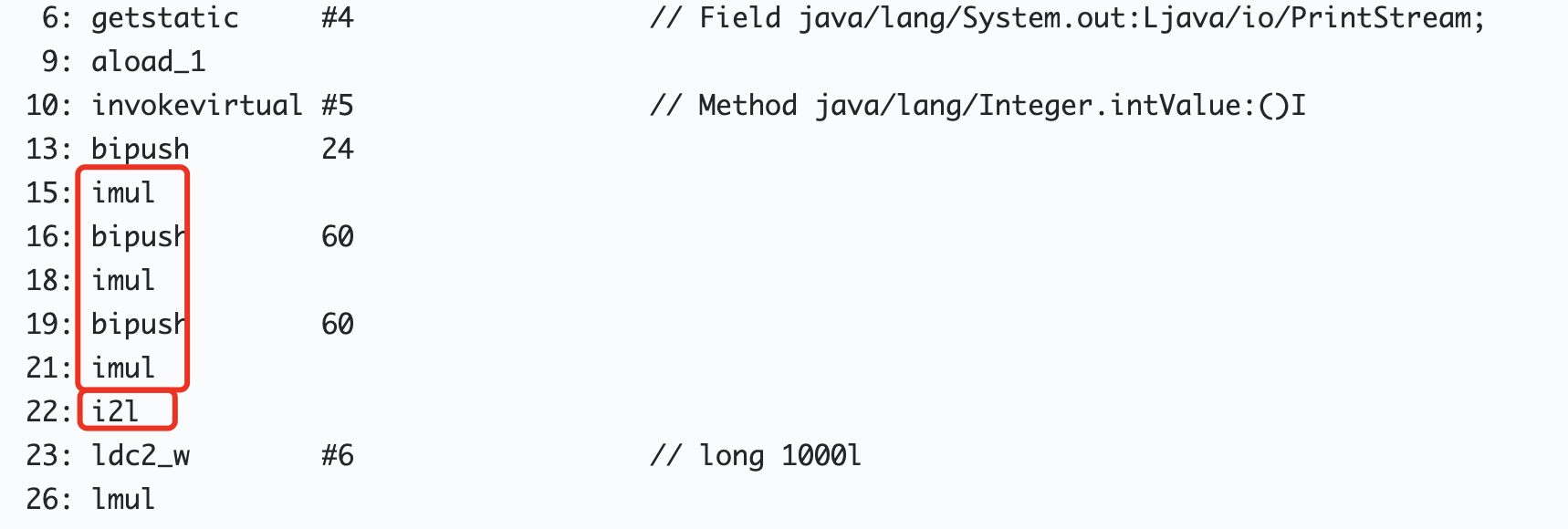上次用netty写的一个玩具http server,发现了一个问题,为啥channelRead0方法会被调用两次,这里我们来研究下io.netty.handler.codec.http.HttpServerCodec1 pipeline.addLast(new HttpServerCodec ());
它继承了 io.netty.channel.CombinedChannelDuplexHandler1 2 3 4 public HttpServerCodec (HttpDecoderConfig config) { this .queue = new ArrayDeque (); this .init(new HttpServerRequestDecoder (config), new HttpServerResponseEncoder ()); }
在初始化的时候调用了 io.netty.channel.CombinedChannelDuplexHandler#init1 2 3 4 public HttpServerCodec (HttpDecoderConfig config) { this .queue = new ArrayDeque (); this .init(new HttpServerRequestDecoder (config), new HttpServerResponseEncoder ()); }
这个 HttpServerRequestDecoder1 2 3 4 5 6 7 8 9 10 11 12 13 14 15 16 17 18 private final class HttpServerRequestDecoder extends HttpRequestDecoder { HttpServerRequestDecoder(HttpDecoderConfig config) { super (config); } protected void decode (ChannelHandlerContext ctx, ByteBuf buffer, List<Object> out) throws Exception { int oldSize = out.size(); super .decode(ctx, buffer, out); int size = out.size(); for (int i = oldSize; i < size; ++i) { Object obj = out.get(i); if (obj instanceof HttpRequest) { HttpServerCodec.this .queue.add(((HttpRequest)obj).method()); } } }
这个decode方法就会调用到父类的decode方法 io.netty.handler.codec.http.HttpObjectDecoder#decode1 2 3 4 5 6 7 8 9 10 11 12 13 14 15 16 17 18 19 20 21 22 23 24 25 26 27 28 29 30 31 32 33 34 35 36 37 38 39 40 41 42 43 44 45 46 47 48 49 50 51 52 53 54 55 56 57 58 59 60 61 62 63 64 65 66 67 68 69 70 71 72 73 74 75 76 77 78 79 80 81 82 83 84 85 86 87 88 89 90 91 92 93 94 95 96 97 98 99 100 101 102 103 104 105 106 107 108 109 110 111 112 113 114 115 116 117 118 119 120 121 122 123 124 125 126 127 128 129 130 131 132 133 134 135 136 137 138 139 140 141 142 143 144 145 146 147 148 149 150 151 152 153 154 155 156 157 158 159 160 161 162 163 164 165 166 167 168 169 170 171 172 173 174 175 176 177 protected void decode (ChannelHandlerContext ctx, ByteBuf buffer, List<Object> out) throws Exception { if (this .resetRequested.get()) { this .resetNow(); } int toRead; int toRead; ByteBuf line; switch (this .currentState) { case SKIP_CONTROL_CHARS: case READ_INITIAL: try { line = this .lineParser.parse(buffer); if (line == null ) { return ; } String[] initialLine = this .splitInitialLine(line); assert initialLine.length == 3 : "initialLine::length must be 3" ; this .message = this .createMessage(initialLine); this .currentState = HttpObjectDecoder.State.READ_HEADER; } catch (Exception var9) { out.add(this .invalidMessage(this .message, buffer, var9)); return ; } case READ_HEADER: try { State nextState = this .readHeaders(buffer); if (nextState == null ) { return ; } this .currentState = nextState; switch (nextState) { case SKIP_CONTROL_CHARS: this .addCurrentMessage(out); out.add(LastHttpContent.EMPTY_LAST_CONTENT); this .resetNow(); return ; case READ_CHUNK_SIZE: if (!this .chunkedSupported) { throw new IllegalArgumentException ("Chunked messages not supported" ); } this .addCurrentMessage(out); return ; default : if (this .contentLength == 0L || this .contentLength == -1L && this .isDecodingRequest()) { this .addCurrentMessage(out); out.add(LastHttpContent.EMPTY_LAST_CONTENT); this .resetNow(); return ; } assert nextState == HttpObjectDecoder.State.READ_FIXED_LENGTH_CONTENT || nextState == HttpObjectDecoder.State.READ_VARIABLE_LENGTH_CONTENT; this .addCurrentMessage(out); if (nextState == HttpObjectDecoder.State.READ_FIXED_LENGTH_CONTENT) { this .chunkSize = this .contentLength; } return ; } } catch (Exception var10) { out.add(this .invalidMessage(this .message, buffer, var10)); return ; } case READ_CHUNK_SIZE: try { line = this .lineParser.parse(buffer); if (line == null ) { return ; } toRead = getChunkSize(line.array(), line.arrayOffset() + line.readerIndex(), line.readableBytes()); this .chunkSize = (long )toRead; if (toRead == 0 ) { this .currentState = HttpObjectDecoder.State.READ_CHUNK_FOOTER; return ; } this .currentState = HttpObjectDecoder.State.READ_CHUNKED_CONTENT; } catch (Exception var8) { out.add(this .invalidChunk(buffer, var8)); return ; } case READ_CHUNKED_CONTENT: assert this .chunkSize <= 2147483647L ; toRead = Math.min((int )this .chunkSize, this .maxChunkSize); if (!this .allowPartialChunks && buffer.readableBytes() < toRead) { return ; } toRead = Math.min(toRead, buffer.readableBytes()); if (toRead == 0 ) { return ; } HttpContent chunk = new DefaultHttpContent (buffer.readRetainedSlice(toRead)); this .chunkSize -= (long )toRead; out.add(chunk); if (this .chunkSize != 0L ) { return ; } this .currentState = HttpObjectDecoder.State.READ_CHUNK_DELIMITER; case READ_CHUNK_DELIMITER: toRead = buffer.writerIndex(); toRead = buffer.readerIndex(); while (toRead > toRead) { byte next = buffer.getByte(toRead++); if (next == 10 ) { this .currentState = HttpObjectDecoder.State.READ_CHUNK_SIZE; break ; } } buffer.readerIndex(toRead); return ; case READ_VARIABLE_LENGTH_CONTENT: toRead = Math.min(buffer.readableBytes(), this .maxChunkSize); if (toRead > 0 ) { ByteBuf content = buffer.readRetainedSlice(toRead); out.add(new DefaultHttpContent (content)); } return ; case READ_FIXED_LENGTH_CONTENT: toRead = buffer.readableBytes(); if (toRead == 0 ) { return ; } toRead = Math.min(toRead, this .maxChunkSize); if ((long )toRead > this .chunkSize) { toRead = (int )this .chunkSize; } ByteBuf content = buffer.readRetainedSlice(toRead); this .chunkSize -= (long )toRead; if (this .chunkSize == 0L ) { out.add(new DefaultLastHttpContent (content, this .trailersFactory)); this .resetNow(); } else { out.add(new DefaultHttpContent (content)); } return ; case READ_CHUNK_FOOTER: try { LastHttpContent trailer = this .readTrailingHeaders(buffer); if (trailer == null ) { return ; } out.add(trailer); this .resetNow(); return ; } catch (Exception var7) { out.add(this .invalidChunk(buffer, var7)); return ; } case BAD_MESSAGE: buffer.skipBytes(buffer.readableBytes()); break ; case UPGRADED: toRead = buffer.readableBytes(); if (toRead > 0 ) { out.add(buffer.readBytes(toRead)); } } }
这个方法里会做实际的byte转换成message或者说string的转换io.netty.handler.codec.http.LastHttpContent#EMPTY_LAST_CONTENT











